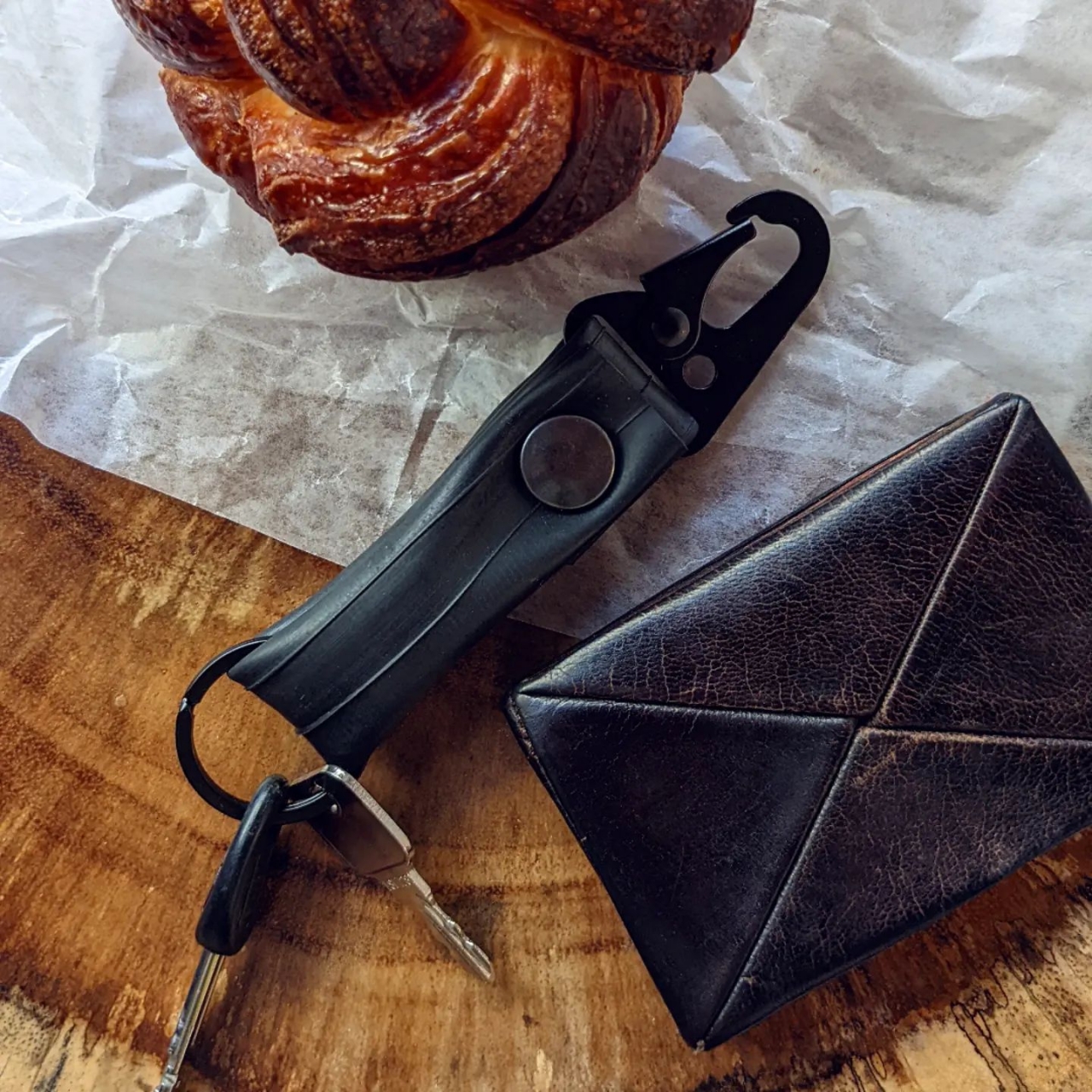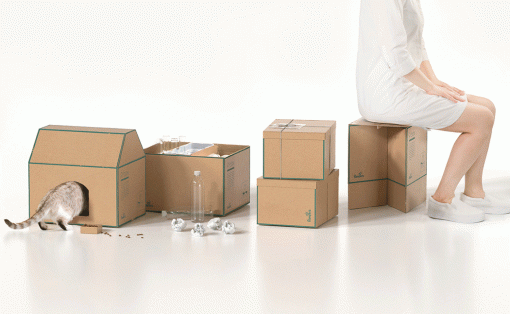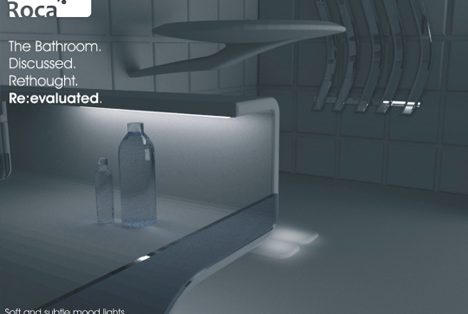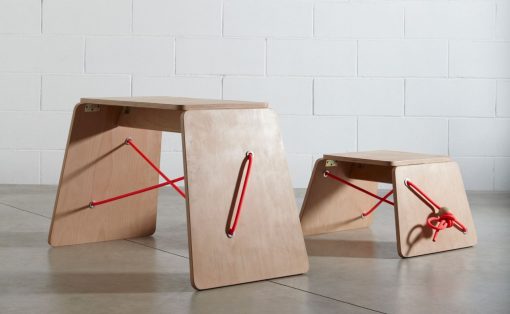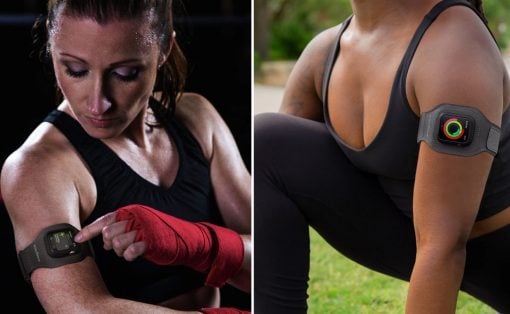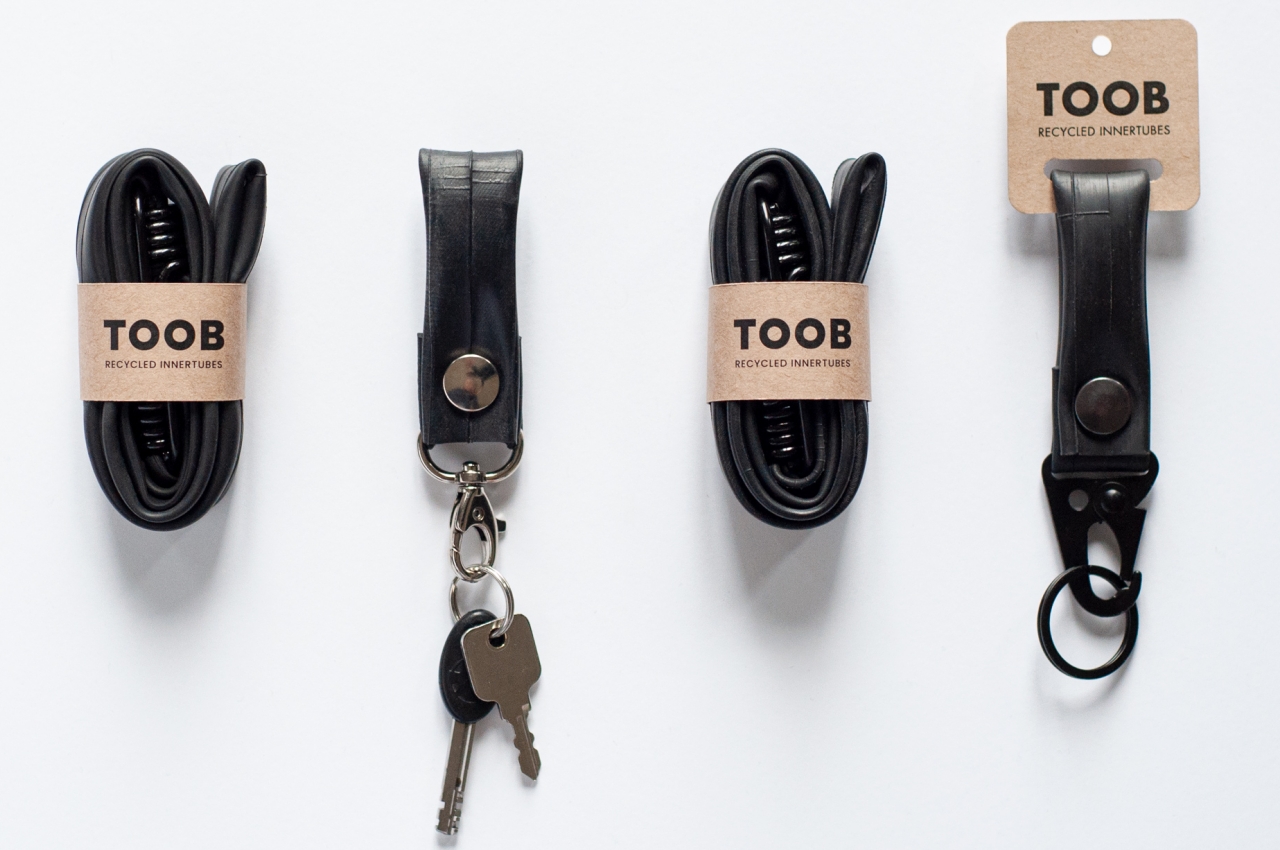
The interest, purchase, and use of bicycles have seen an uptick in the past few years, but these leg-powered two-wheeled vehicles have been around for decades. Many of their problems have also been around just as long, including the parts that easily get worn down and then thrown away. Although significantly more sustainable than cars or even motorcycles, bikes have parts that are definitely environment-unfriendly. Those range from bits of plastic here and there as well as toxic chemicals used in painting their metal frames. Rubber tires and inner tubes, however, are even bigger sources of pollutants down the road. Fortunately, this line of accessories puts inner tubes to a different use, allowing them to go the distance even after they have served their original purpose.
Designer: Roy Sherizly (TOOB)
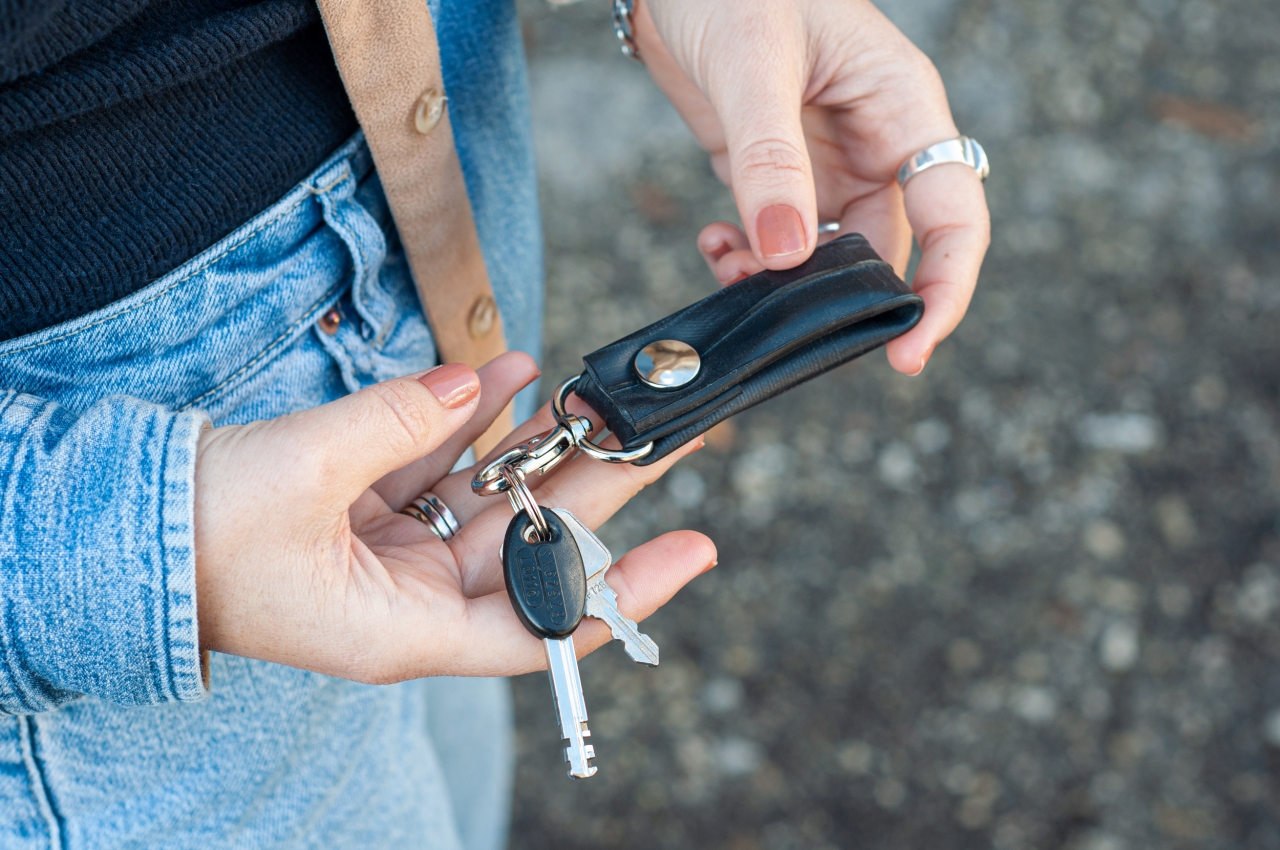
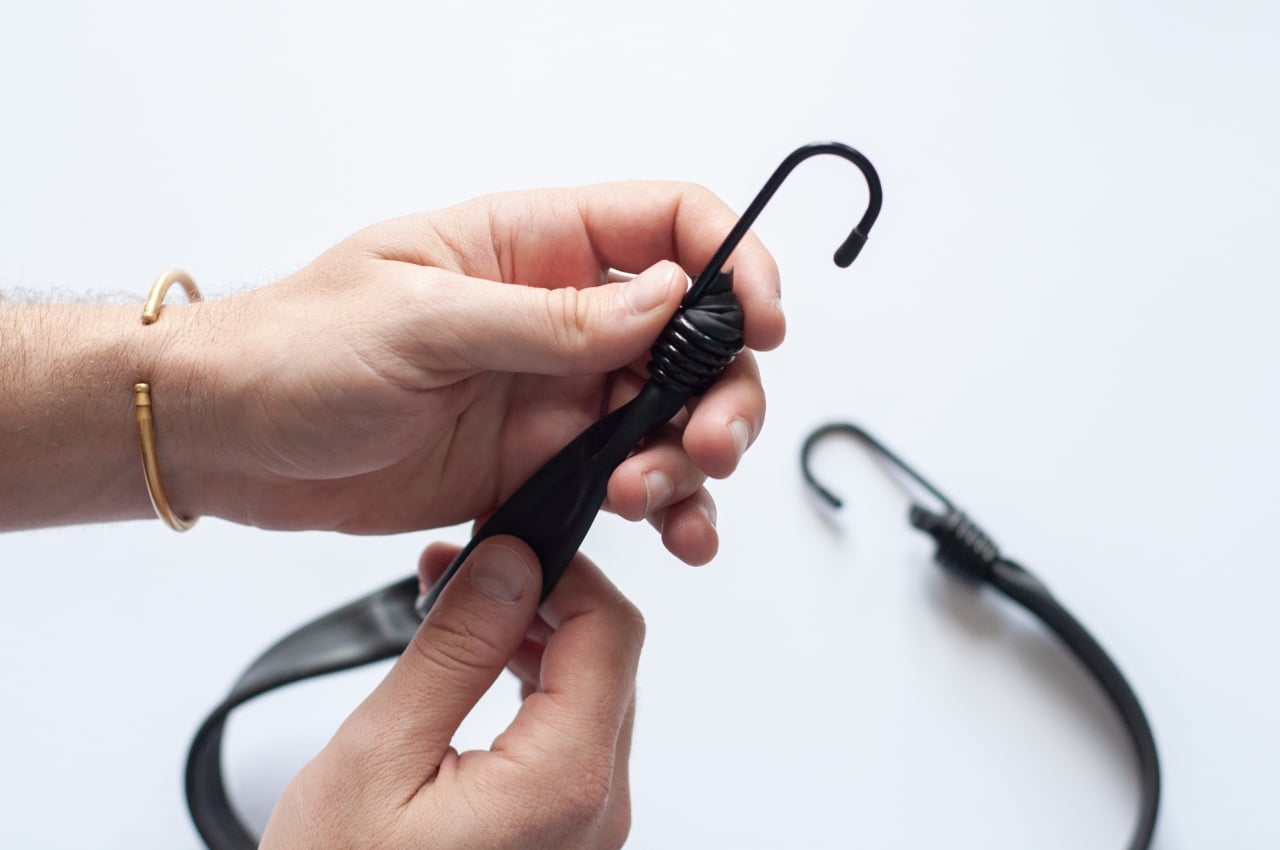
Bicycle tires are meant to last a long time, but they do eventually meet their end, sometimes sooner than planned. They get worn down over the years, sure, but accidents might make them completely unusable at some earlier point in time. The same is especially true for inner tubes that can no longer be used entirely when they get damaged. These rubber-based products get thrown out and aren’t biodegradable, so they eventually break down into microplastics that pollute waters and even the soil. That green and sustainable lifestyle you’ve chosen suddenly becomes less so because of these wasted inner tubes.
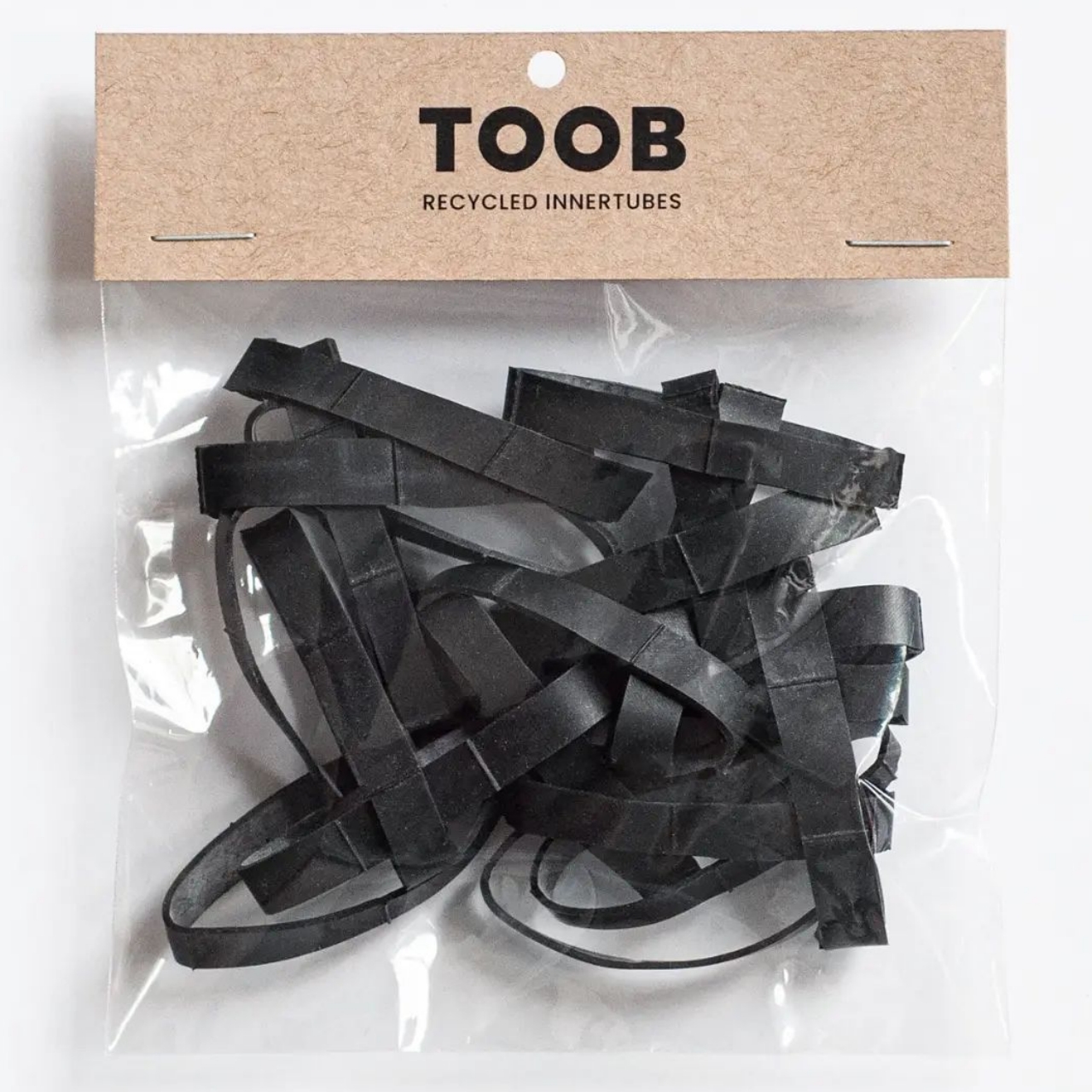
Fortunately, inner tubes don’t have to be discarded just because a small part has become damaged. They’re no longer usable for bicycle wheels, but that doesn’t mean they need to meet the end of their material life as well. More economical and efficient than recycling, the upcycling mentality has taken root with many designers, and this line of TOOB accessories demonstrates how even something as simple and unattractive as an inner tube can become a useful and even stylish product.
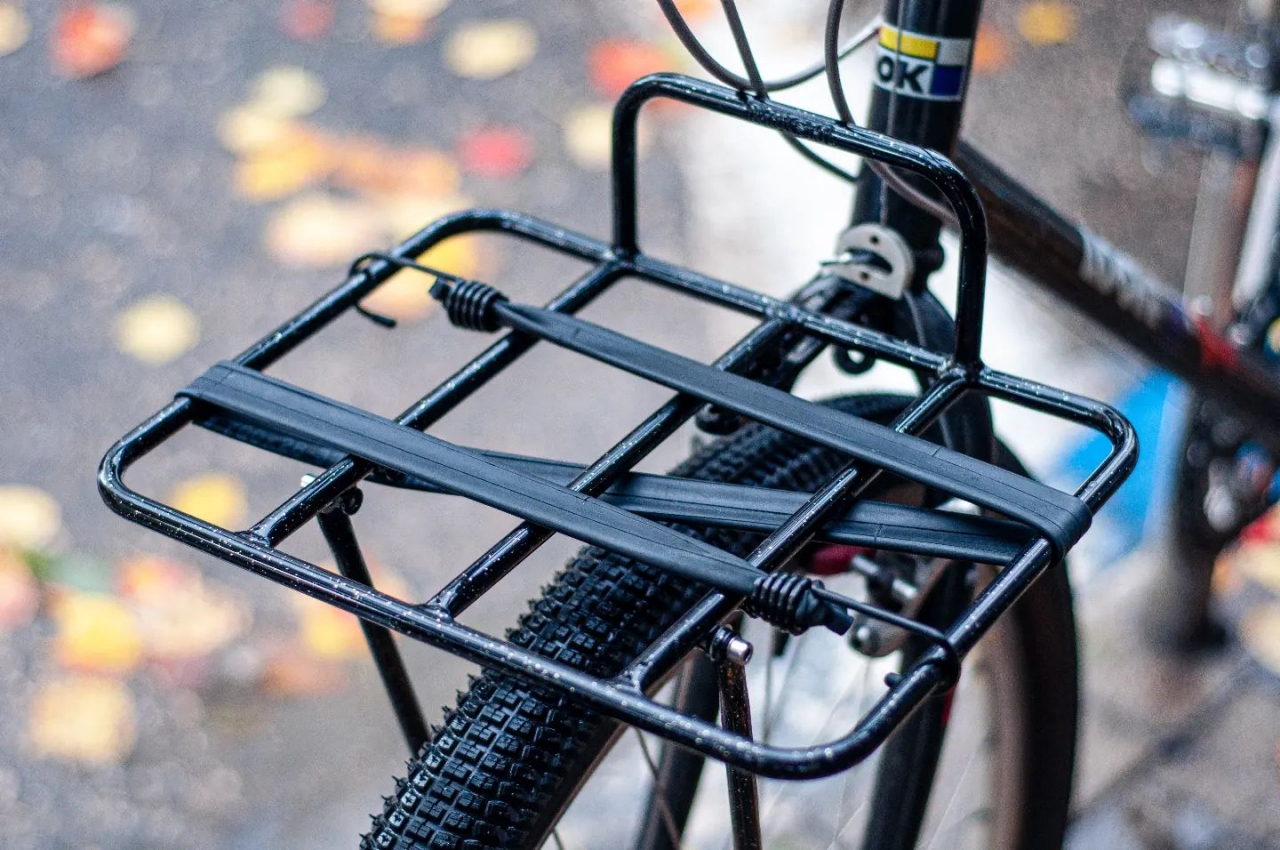
“Useless” bicycle inner tubes are handpicked from Tel Aviv’s local shops and are then inspected and thoroughly cleaned. Depending on how much damage it has, the useful parts are cut off and then transformed into completely different products. The TOOB Keychains, for example, only need a small part of the inner tube. In addition to the material’s natural durability, TOOB adds a strong button that makes it easy to open and close the keychain to look around belts and bags. The TOOB Strap, in contrast, requires a longer stretch of inner tubing. The accessory takes advantage of the tube’s natural stretchy properties to hold things down onto bike rails or other surfaces.
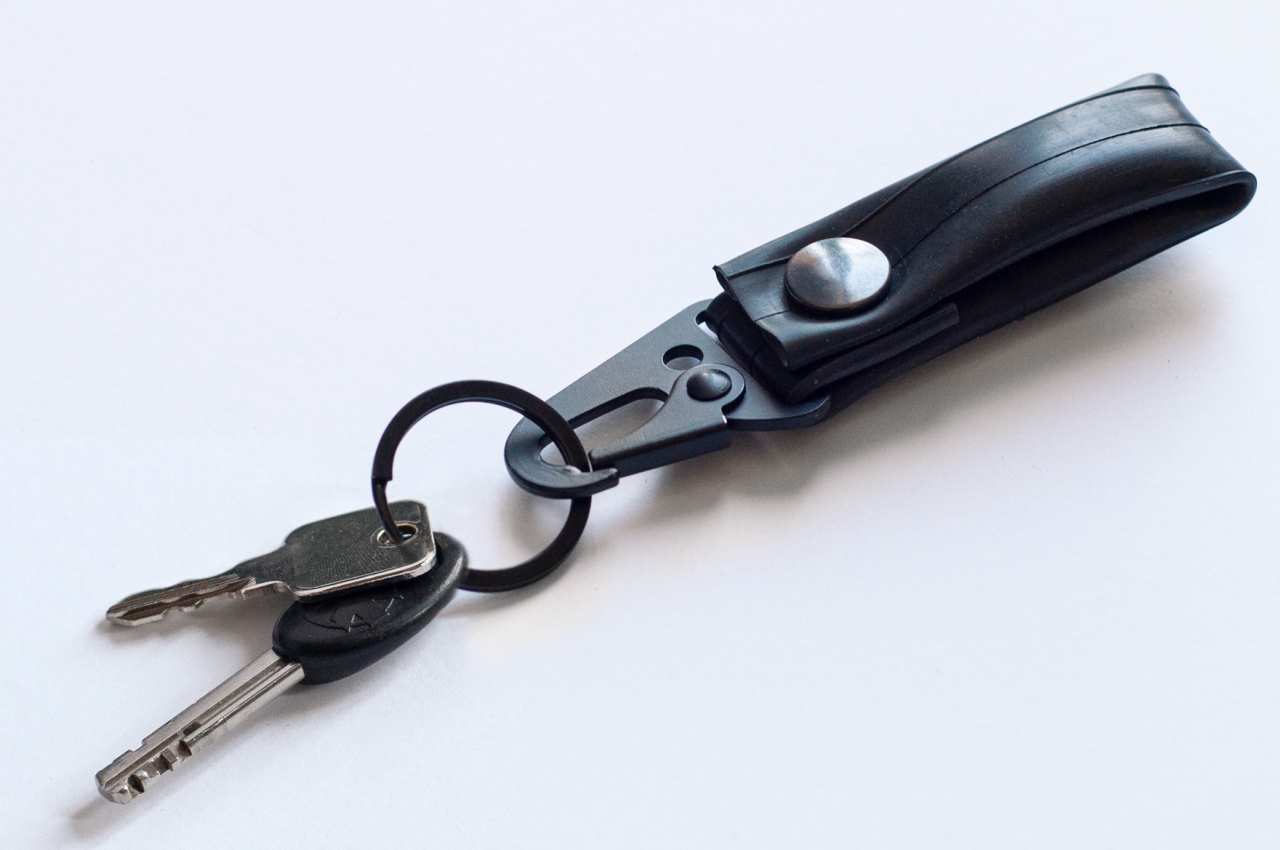
Inner tubes make the perfect material for this kind of heavy-duty accessory, and their clean appearance and smooth surfaces make for a nondescript aesthetic. The keychain, for example, looks discrete, and its black color blends with almost any pair of jeans or bag. TOOB also supports the local bicycle economy by giving shop owners a better way to dispose of their waste.
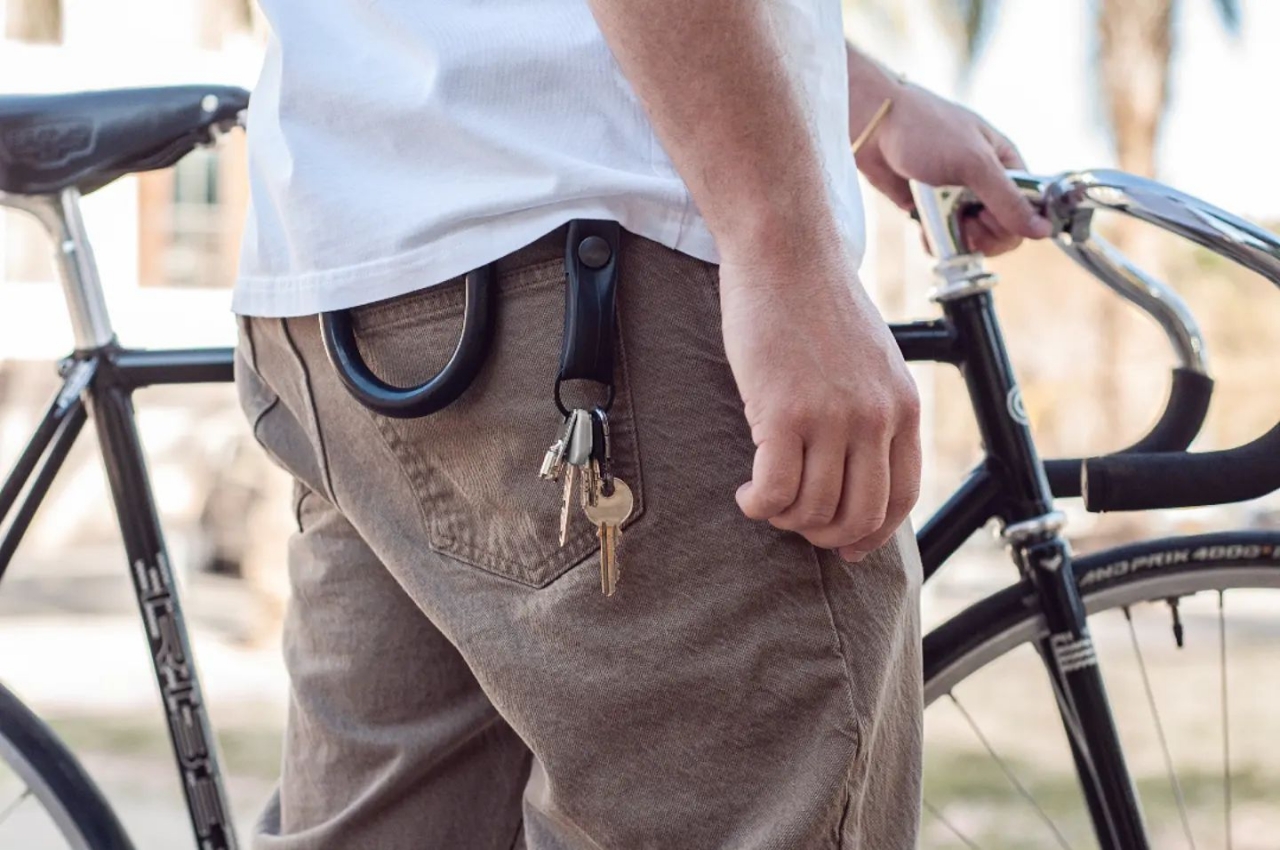
Inner tubes don’t last forever, though, and TOOB does admit that the material will eventually wear out and dry. Then again, almost everything does eventually, including materials like leather. Ideas like TOOB don’t completely remove synthetic rubber products like tires and tubing from the picture, but it helps delay their inevitable fate in landfills, at least until we can figure out how better and more sustainable alternatives.
